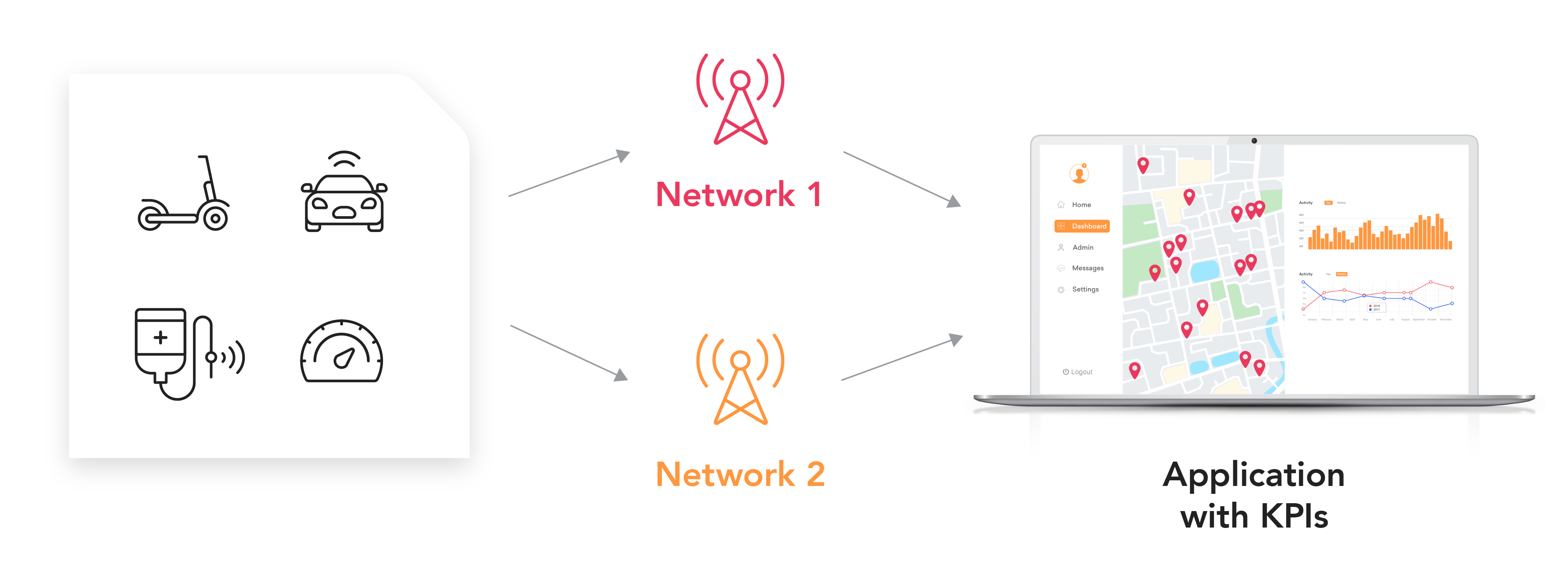Small Business Closing Employee Rights UK: Guaranteeing Fair Redundancy Pay
Small Business Closing Employee Rights UK: Guaranteeing Fair Redundancy Pay
Blog Article
Checking Out the Operational Characteristics of Firm Redundancy and Its Long-Term Sustainability

Redundancy Approaches for Service Connection
In order to ensure nonstop procedures, organizations should apply effective redundancy methods for organization continuity. Redundancy in this context refers to the duplication of essential elements or features within a system to alleviate the influence of potential failures. By integrating redundancy approaches, organizations can boost their strength against disruptions triggered by various aspects such as all-natural calamities, equipment failings, or cyber-attacks.
One typical redundancy approach is the execution of backup systems and information storage space solutions. This involves producing duplicates of important information and systems that can be turned on in instance of a key system failing. Furthermore, companies can establish redundant communication networks and power sources to maintain connectivity and operations throughout unforeseen occasions.
Furthermore, cross-training workers to perform multiple roles within the firm can function as a beneficial redundancy strategy. This ensures that vital jobs can still be performed also if vital employees are inaccessible as a result of health problem or various other reasons. In general, effective redundancy approaches are necessary for organizations to maintain operational connection and decrease the influence of prospective disruptions.
Influence of Redundancy on Business Strength
Offered the essential function redundancy techniques play in guaranteeing company continuity, discovering the effect of redundancy on organizational strength becomes critical for recognizing the holistic functional characteristics of a business. Organizational strength refers to an entity's capability to adapt to disruptions, recoup from problems, and change when needed while keeping core features. Redundancy, when tactically applied, can significantly add to boosting a company's strength in the face of unanticipated obstacles. By having backup systems, workers, or procedures in position, companies can better stand up to shocks and proceed procedures with very little disturbance.
In addition, redundancy can foster development and creativity within an organization as employees feel encouraged to take computed risks, understanding that there is a security web to support them in case of failure. Generally, the influence of redundancy on organizational resilience is profound, forming the long-term sustainability and success of a business.
Balancing Effectiveness and Adaptability in Redundancy
Attaining an unified equilibrium between functional performance and flexible adaptability is a pivotal obstacle in the calculated implementation of redundancy within organizations. Effective procedures are necessary for preserving efficiency and cost-effectiveness, making certain that sources are used optimally. Nonetheless, extreme focus on efficiency alone can lead to strength, making it hard for companies to adapt to unanticipated adjustments or challenges. On the other hand, versatility permits organizations to react nimbly to progressing circumstances, fostering development and resilience. Yet, excessive versatility without a solid operational foundation can result in ineffectiveness and variance.
To balance performance and versatility in redundancy preparation, companies must carefully assess their functional requirements, market characteristics, and critical goals. Ultimately, locating the ideal balance in between efficiency and adaptability is crucial for constructing a sustainable and resistant company in the face of uncertainty.
Long-Term Sustainability Through Redundancy Preparation
To make sure enduring stability and stability, companies should strategically straighten their redundancy planning with long-lasting sustainability objectives, thereby integrating operational performance with flexible versatility. Long-term sustainability with redundancy preparation entails more than just short-term cost-cutting measures. It calls for an extensive calculated method that prepares for future challenges and opportunities. Firms ought to watch redundancy not as a reactive option to immediate troubles additional reading but as a positive approach for long-term success. By integrating redundancy planning with sustainability goals, companies can develop a resilient structure that can hold up against various market changes and inner changes.

Positive Procedures for Sustainable Business Operations
How can business proactively improve their functional sustainability for lasting success? Applying aggressive actions is essential for companies aiming to make sure lasting procedures.
In addition, cultivating a society of constant enhancement and discovering within the organization can improve flexibility to altering market problems and client needs. Encouraging worker participation in decision-making procedures and giving chances for expert advancement can improve morale, efficiency, and total efficiency. Developing clear goals, keeping track of vital performance indicators, and frequently reviewing progress are crucial components of positive sustainability monitoring.
Teaming up with providers, clients, and various other stakeholders to promote sustainable methods throughout the supply chain can develop a causal sequence of positive effect - redundancy pay if company goes bust. By taking aggressive steps in the direction of operational sustainability, firms can develop durability, drive innovation, and secure their long-lasting success in an ever-evolving organization landscape
Conclusion

In the world of organizational administration, the strategic release of company redundancy stands as a critical yet intricate practice that requires a delicate equilibrium in between operational performance and lasting stability. By studying the functional dynamics that underpin business redundancy and examining its wider implications for business resilience and versatility, a nuanced understanding of how redundancy approaches can form the future trajectory of a firm begins to unfold.Offered the essential role redundancy approaches play in making certain organization connection, exploring the influence of redundancy on organizational resilience comes to be necessary for recognizing the all natural operational characteristics of a business. Overall, the impact of redundancy on business durability is extensive, shaping the lasting sustainability and success of a firm.
In conclusion, comprehending the operational characteristics of business redundancy is vital for guaranteeing lasting sustainability.
Report this page